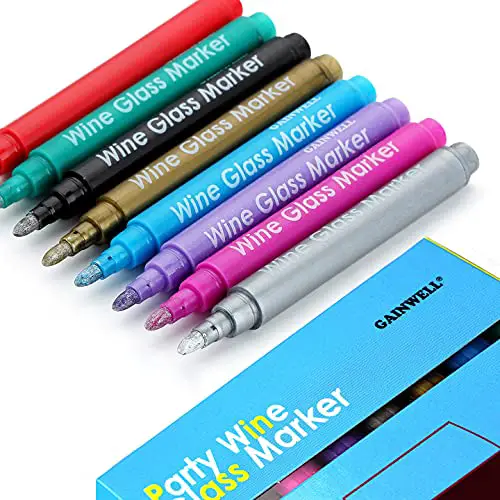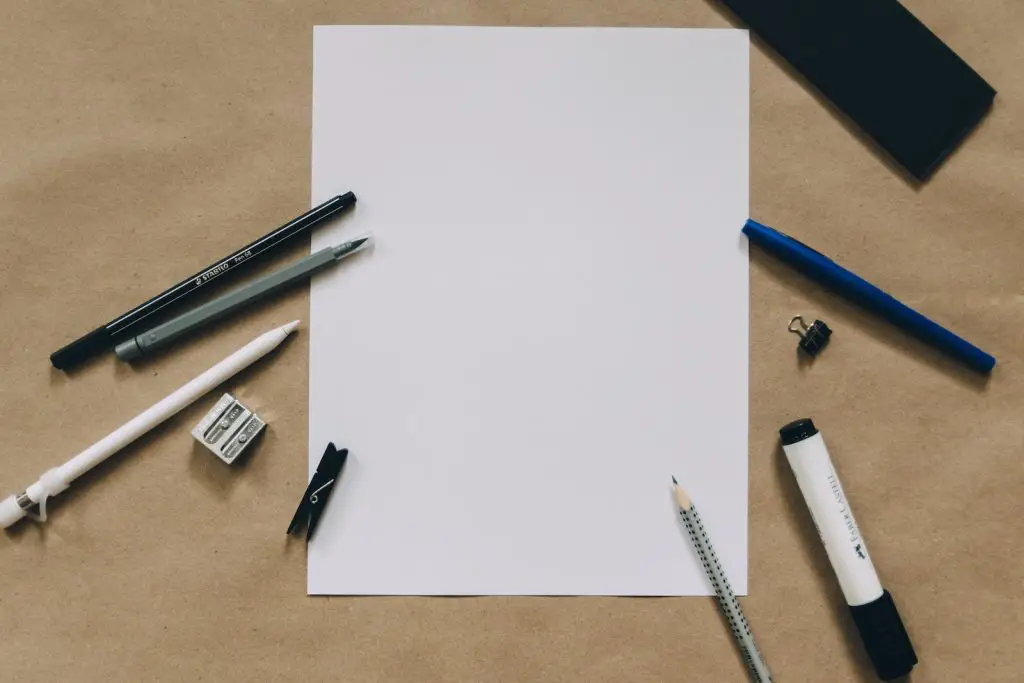
If you’re a WSET Diploma student, you know that the Unit 3 Exam, Wines of the World, is a beast of a test. As soon as I walked out of the exam room, I wrote down EXACTLY what I would have done differently to better prepare myself.
While there’s no substitute for actually knowing the material, passing the WSET Diploma Unit Three exam demands test-taking strategies for even the best-prepared student. Here are 12 simple strategies for the WSET Diploma Tasting and WSET Diploma Theory exam that I used or wished I had known about before exam day.
Here’s what you need to know about actually taking the WSET Diploma Unit 3 exam.
- 1. Bring Water
- 2. Bring a Pencil Sharpener
- 3. Practice Writing by Hand – Seriously
- 4. Brush Your Teeth Before Breakfast
- 5. Bring Glass Markers
- 6. You Can Do Visual and Aroma Assessment for All Wines, then Taste Them
- 7. Taste the Wines in Whatever Order You Want
- 8. Push Yourself on the Tasting Exam
- 9. Read the Question Carefully
- 10. Make Sure You Answer the Entire Question
- 11. Practice Comparing Different Regions
- 12. Production Includes Viticulture and Winemaking
- BONUS TIP: Remember, It’s a Points Game
- Thirsty for More?
1. Bring Water
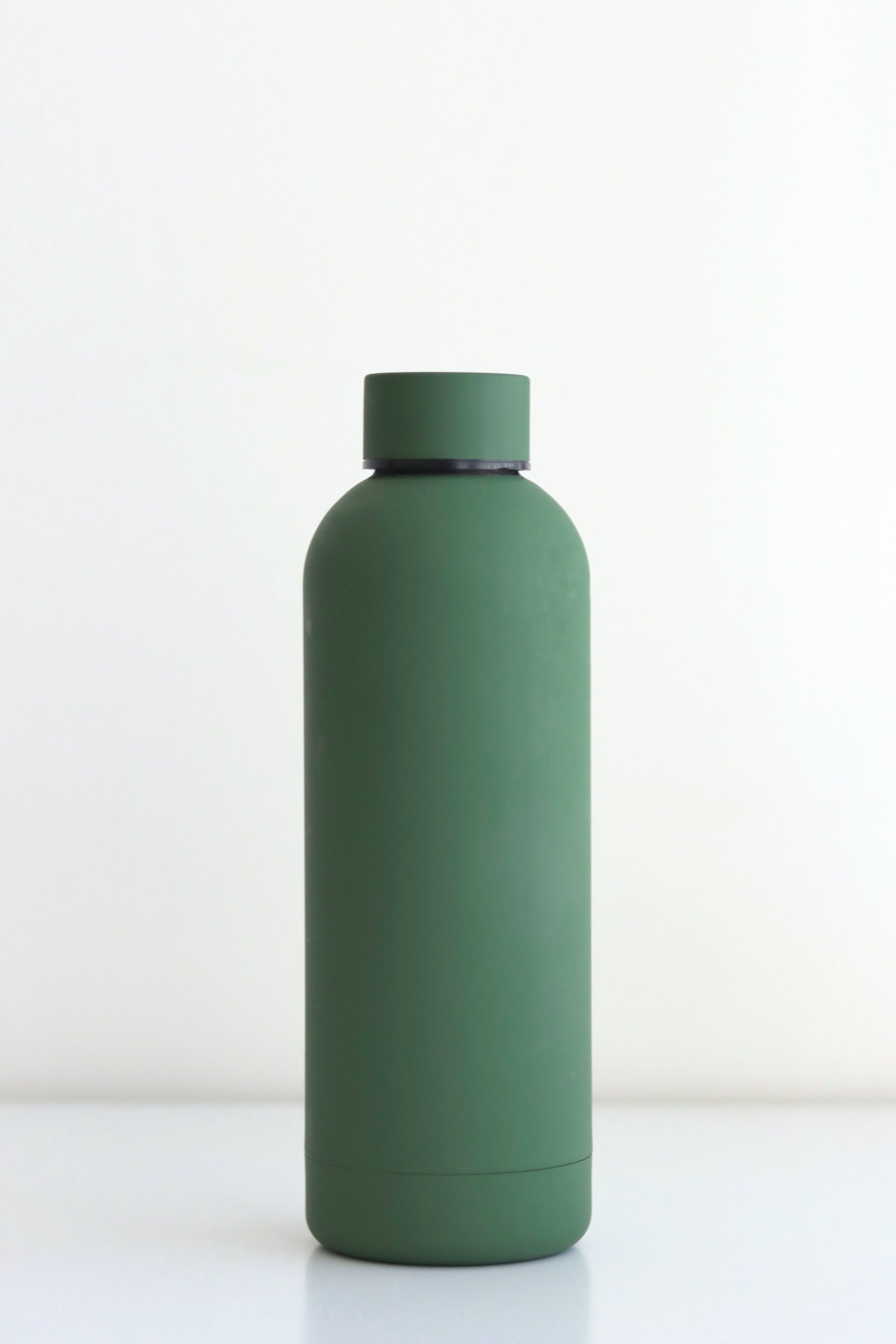
I don’t actually know what the practice is around the world, but in our official exam room, they didn’t give us water because it could create ‘an unfair advantage’ for students sitting the exam in other places around the world?
Doesn’t make a lot of sense to me, but whatever. Be forewarned.
I mean, this is wine, which is naturally dehydrating, and it’s a multi-hour exam. Bring your own bottle of water just in case. I drank through my entire water bottle for both the theory and – especially – the tasting portion of the exam.
2. Bring a Pencil Sharpener
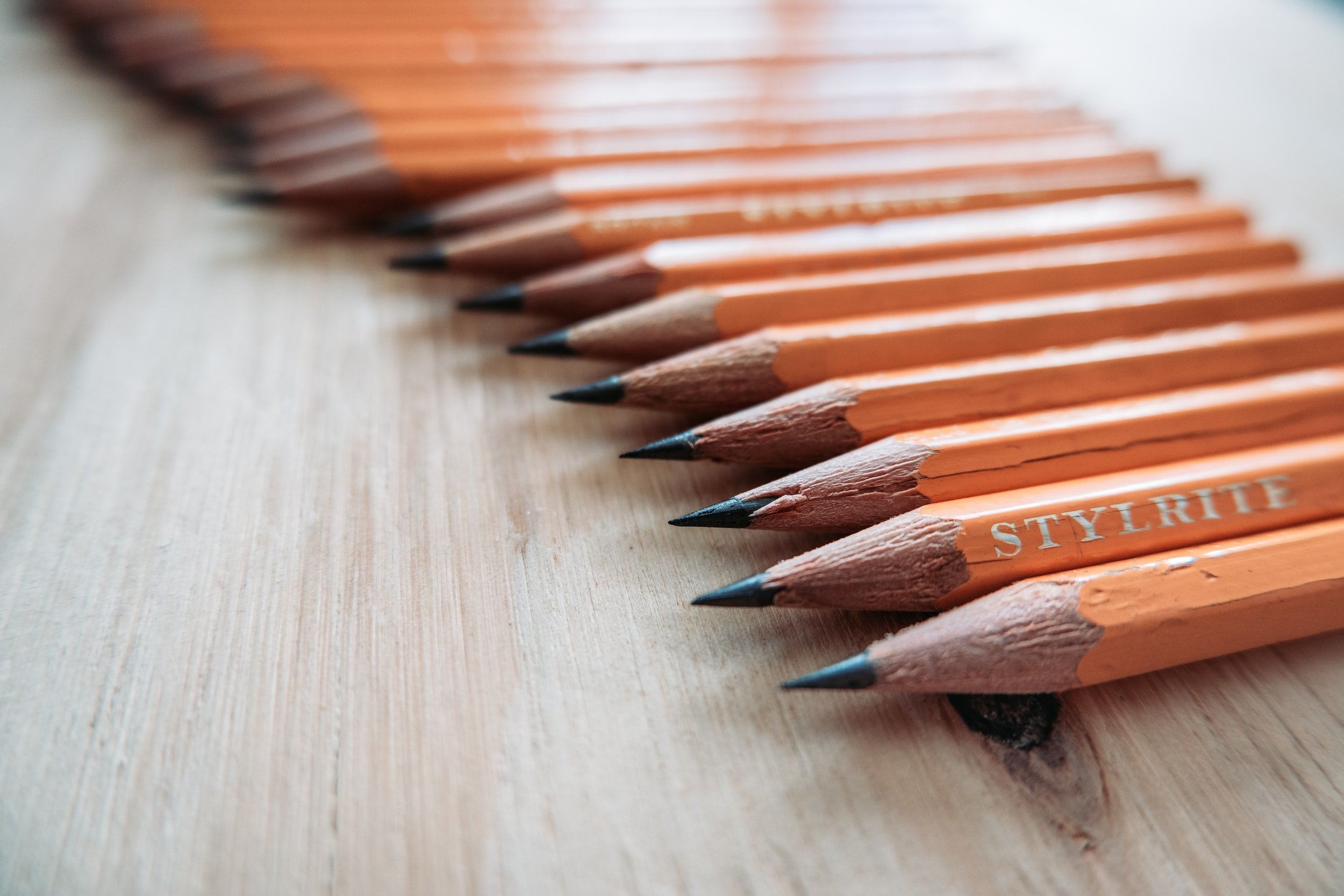
Technically you can write with whatever you want – pen or pencil. I’m more of a pencil person and found myself erasing all of the time.
I had 6 sharpened pencils at the start of the exam on day one, and had zero sharpened pencils at the end of the exam on day two.
An easy work-around is to use a mechanical pencil.
I don’t like mechanical pencils when I’m writing under pressure, because I tend to manhandle them and break the lead. I did have one mechanical pencil and that’s what I was using by the last question on the tasting exam on day two. I’m thankful I had it.
But if you’re more of a traditionalist, make sure you bring a pencil sharpener and save yourself a little stress.
3. Practice Writing by Hand – Seriously
Practice writing longhand over extended periods of time.
Okay, I actually have a beef with the WSET Diploma organization.
WHO still writes by hand?!?!
If you’re anything like me and live in the 21st century, you probably don’t spend any significant amount of time writing longhand, on paper, with a writing utensil. If you do, good on you. For everyone else, listen up.
You need to practice writing extensively by hand over 3-4 hours.
I did my best and completed all of the practice questions by hand. I would even do additional essays by hand multiple times a week leading up to the exam.
What I didn’t do was find the time to sit down and do 3-4 hours straight of writing to build out those hand muscles.
By the 3rd hour in the exam room, it was painfully painful. My poor hand…
I wrote an average of 3 to 3.5 pages per essay question. Multiply this by 5 essay questions, so I finished the WSET Diploma Unit 3 theory exam with 15-17 pages of small, cramped, writing.
I feel so bad for my exam grader. My last theory question, which I actually thought was my strongest answer, wasn’t my top-scored essay. But my first essay was… Which makes me wonder if that last essay was even legible?!?
When preparing for the theory exam, I just couldn’t find the time to block out entire chunks of 3-4 hour stretches where I sat and wrote by hand, essay after essay.
But I wish I had.
4. Brush Your Teeth Before Breakfast
On the day of the tasting exam, brush your teeth before you eat breakfast. Toothpaste changes the pH of your mouth, making foods (and wine) taste funky.
Here was my morning routine the day of the tasting exam:
- Wake up and brush your teeth
- Eat breakfast and get ready
- Go through a tasting flight
- Go to the exam
Did this actually help me? Definitely for the teeth brushing.
That said, one of the challenges with the first wine of the day is that it tends to seem more alcoholic or more acidic than it actually is.
I made this mistake with my first tasting flight.
I convinced myself the wines were high acid when they weren’t. If you can get a few wines in before the exam, you’re probably setting yourself up for less of a palate shock.
5. Bring Glass Markers
In the tasting exam, you will have a flight of wines in front of you.
GAINWELL Wine Glass Markers – Pack of 8 Food-Safe Non-Toxic Wine Glass Marker Pens – Can also be Used on Ceramic Plates and other Glass and DinnerwareBuy on Amazon
It’s very, very easy to pick up a wine, get distracted, and NOT put it back down in the correct order.
Bring a glass marker (pen) so you can number the base of the wine glass. I brought pens and shared them with my classmates.
This saved a lot of heartache.
Side Note: You’re responsible for pouring your own wines, so make sure you do this in order. I poured the wine, then marked the glass immediately after, then poured the next wine.
These are the same glass markers that you use at dinner parties.
If you’ve made it this far in your wine career, you either own these or know someone who has them.
They’re cheap and well worth the investment.
6. You Can Do Visual and Aroma Assessment for All Wines, then Taste Them
This is an interesting strategy, and one that I tried out.
Technically, no one is forcing you to do a tasting note for each wine all the way through for the WSET Diploma unit three tasting exam.
In terms of sensory input, your eyes and nose stay sharp, while your palate gets fatigued as you go through the entire tasting.
You can run through the hue, aroma intensity, and aromas of each wine and then go back to do the full tasting note, saving your palate.
This way you’re guaranteed to get the easy points on each wine and don’t run the risk of running out of time leaving easy points on the table.
I tried this strategy for the first tasting flight.
My only thought is that I had to remind myself what I’d written down for the aroma profile when I finally got down to the full wine tasting note.
On the plus side, I was able to confirm, correct, or add to my first impressions.
Did that help? I don’t know.
It’s worth trying this strategy several times before the actual exam in a blind tasting to see if it works for you.
When you go out winetasting, the wines are always ordered from lightest to fullest bodied, whites to reds.
7. Taste the Wines in Whatever Order You Want

The exam wines aren’t ordered according to style.
- You may go from white to red to white.
- You may go from red to white to rose to red.
That said, you get to decide what order you want to taste your wine flight in.
If you see three reds, followed by three whites, you can go through the whites first, and then go onto the reds.
This may save your tastebuds.
8. Push Yourself on the Tasting Exam
Technically, you have 15 minutes per wine on the tasting flights to do your tasting note and write your assessment.
15 minutes may seem like forever to write a tasting noe, but it’s not.
I practiced writing an SAT note over and over again in preparation for the exam. I got it down to about 8 minutes per wine.
However, the exam asks you to identify the growing region or wine or grape in addition to the tasting note.
Thinking about the many different options for regions or grapes will trip you up and slow you down.
You will sit there thinking about ALL of the possibilities, ruminating on winemaking style, alcohol levels, hue, tannin ripeness, etc., etc., etc.
Thinking too much about what the wine could be will eat into your time.
Select a region, wine, grape – whatever the question is asking – commit and keep working through the exam.
I noticed about half-way through the first tasting paper that I wasn’t timing myself well and had to speed up.
Several of the other students in the class commented on the same problem, and some of them didn’t finish the wines on the first paper because of poor time management.
Many of the other students in the exam didn’t finish the tasting notes because they were spending too much time thinking about grapes and regions.
You better believe that during the second tasting flight, everyone picked up speed.
9. Read the Question Carefully
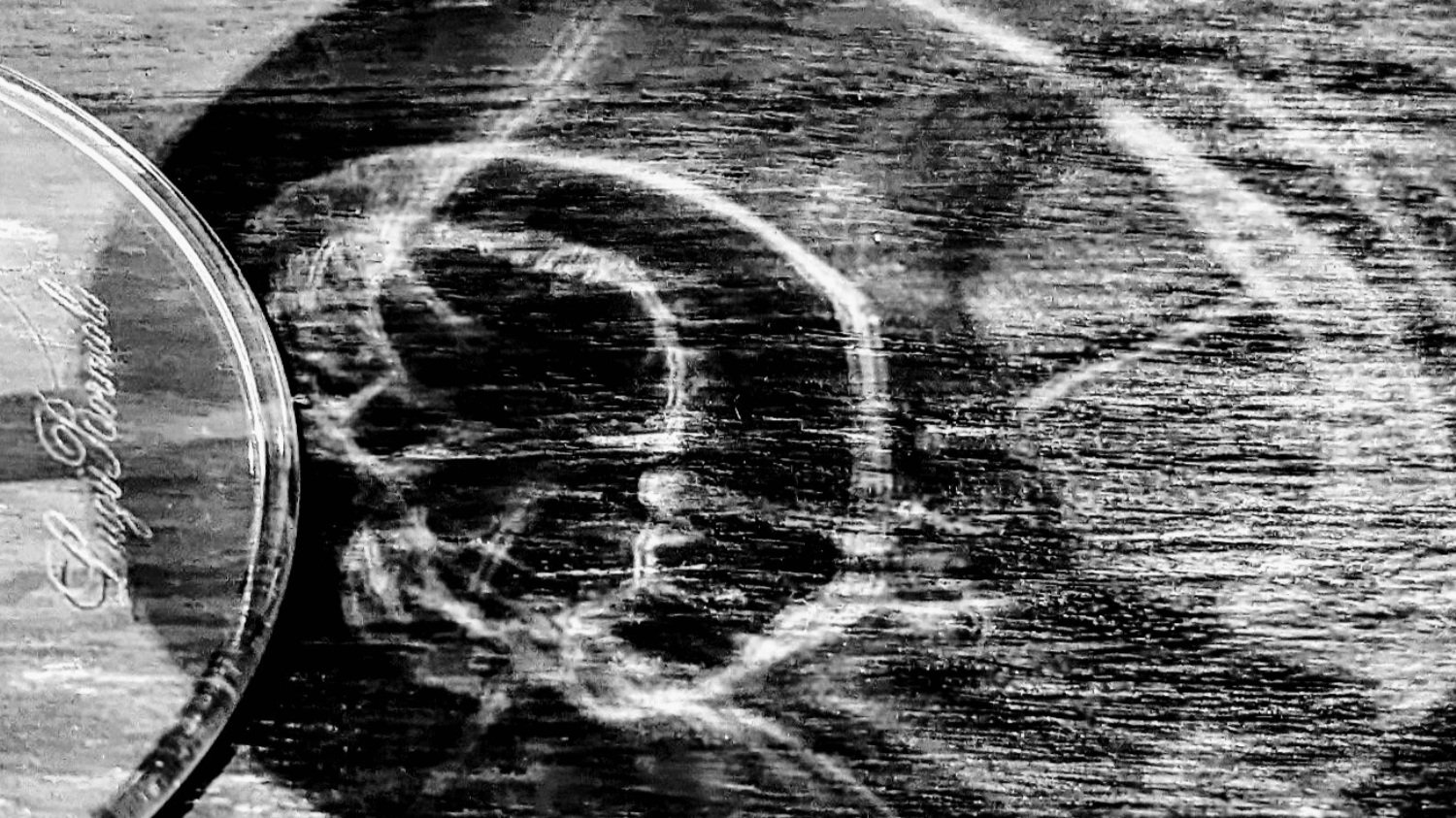
Our teacher, Adam Chase, reinforced this idea repeatedly leading up to the exam, and then again right before the exam, and then again right before each section of the exam.
It seems like common sense and as if it wouldn’t really be necessary to tell a group of adults that they need to read directions.
…Let me tell you what happens…
You’ve studied hard. You know obscure wine factoids, nuances of climate, epochs of geological formations – your brain is full.
Under exam conditions, you know that time is everything and you’re running out of it.
It’s not that you don’t know your material. It’s not that you’re not smart or capable.
The problem is that in that moment you’re under stress and can easily misread the question or forget to answer part of it.
Example: In one of the questions (which I didn’t end up answering), I read through the prompt so quickly that I misread the region the first time. Instead of China, I read Chile.
If hadn’t reread the question more carefully and simply started writing, it could have been disastrous.
This could happen for Rioja or Rhone.
10. Make Sure You Answer the Entire Question
Another common error in the WSET Diploma unit 3 exam is not answering the entire question.
Because the questions have multiple parts, you may answer one segment and then forget to go back and re-read the question again to see if you hit ALL of the segments.
I actually took the question and broke it down on scratch paper into the different sections and then outlined key points under each section.
Even using this strategy, I spent three days following the exam running through the questions in my head, and I’m fairly certain I missed one section of a question.
Whatever your strategy is, make sure it includes paying attention to the question asked. In its entirety.
Possible Strategies for Answering the Entire Question
- Circle the question and put numbers on top of each section. Then count up your sections in your final answer and double-check against your numbers.
- Bring a highlighter and mark each section. Make sure you write against each section.
Do whatever you need to do to make sure you see all of the question parts.
11. Practice Comparing Different Regions

This is more of an actual test-prep strategy than tactical test-taking advice. But because I’m kicking myself over it, I’m sharing it with you.
One of things that I did with my study partners was SWOT (strengths, weaknesses, opportunities, threats) analyses and tasting notes for a particular wine region.
I’m comfortable picking a region and going through the nuances of climate, geography, viticulture, wine production, and sales/marketing for any of the regions.
What I WASN’T prepared to do was compare and contrast two completely different regions that make the same wine.
An example might be: Compare the wine production and wine styles of Napa Valley Cabernet vs. Left Bank Bordeaux.
The problem wasn’t that I didn’t know the information, it was that I wasn’t prepared to synthesize two distinct regions in a concise response given time constraints under exam conditions.
So my answers rambled or I had to spend more time actually planning my answer than jumping into a response. I wish I had a pre-formatted strategy for this type of question.
My advice would be to get into the habit of comparing/contrasting similar – but unique – wine producing regions from different parts of the world. Don’t stick just to a single wine region during your revision.
12. Production Includes Viticulture and Winemaking
WSET really likes to pack a lot into its questions. If you see the word ‘production’ in a WSET Diploma exam question, know that it’s talking about everything in the vineyard and winery up to bottling.
Who knew?
Now YOU do!
BONUS TIP: Remember, It’s a Points Game
Of course you can’t fake your way through the exam if you don’t know the material, but the amount of material makes it nigh on impossible for someone to know everything.
You are going to get questions where you have a solid foundation for part of it and will be a little sketchy on the other parts. Don’t get disheartened.
This is a points game.
You can fail one section of a question, or even an entire question, and still pass the exam.
You can fail a wine flight and still pass the exam.
I did. I missed one of the flights spectacularly. Kicking myself over mis-identifying Chardonnay.
It happens.
But because of the way the exam is scored, your points aggregate and you can still do well.
The mental game is not to get upset with yourself and to keep working through the questions and tastings.
You’re smart. You’ve got this. Just do it.
Thirsty for More?
Check out study strategies for the Spanish Wine Scholar course (highly recommend).
And here’s what happens on the first day of advanced wine tasting class, which was fun.

